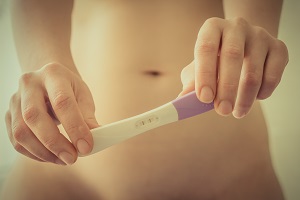A team of international genetics has identified the fundamental mechanism behind congenital myotonic dystrophy. Grace to the discovery, researchers have developed animal models of the disease, which will serve to study new possible treatments.
Thanks to the study, researchers realized that poor regulation of some gene expression leads to developing the disease. The ultimate goal is to identify new techniques for prenatal diagnosis, both early treatment and minimizing symptoms. In fact, the disease causes extreme muscular weakness, respiratory problems and intellectual deficits. Finding it right after childbirth would help children grow in an almost normal way.
The researchers found that the main cause of the disease is a malfunction of the RNA. Injecting some RNA molecules alter abnormalities in the expression of essential genes for muscle development. One of these anomalies causes the breakdown of a particular key protein during prenatal development, resulting in subsequent muscle problems.
By including the operation of the disease, it has been possible to develop more precise animal models. In this way, researchers began a new phase of research, which should lead to more accurate diagnosis and treatment tools.
Source: ufl.edu
Add a comment





